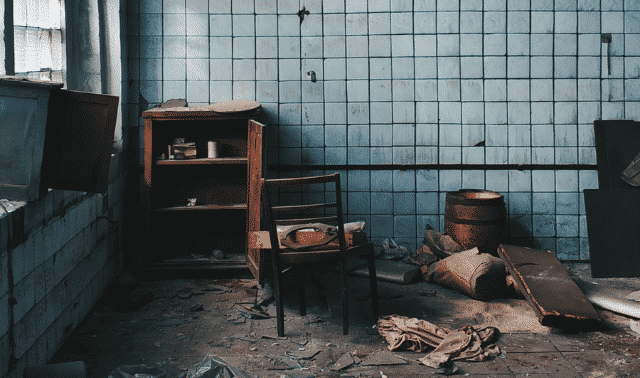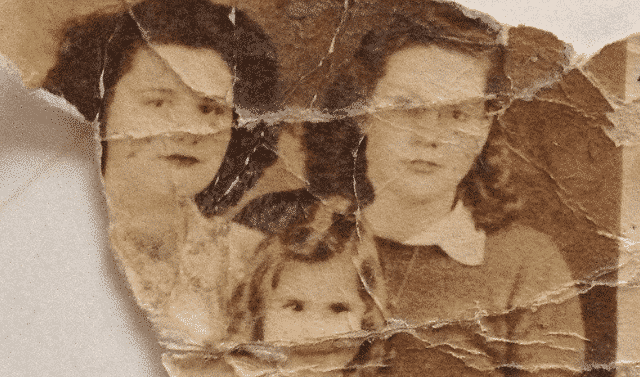Sign up for the Family Tree Newsletter! Plus, you’ll receive our 10 Essential Genealogy Research Forms PDF as a special thank you.
Get Your Free Genealogy Forms
"*" indicates required fields

Natural disasters take many forms—from the recent hurricanes in Florida to the wildfires in California. Although I live far enough away from the coast, unexpected weather conditions have caused problems in my community outside Boston. I’ll never forget the torrential rains that made water well up in the cracks of my basement floor—we had a foot of water in minutes. Such events can wreak havoc on your photo collection.
But there are measures you can take to protect it. Follow this four-step process to preserve your precious pictures.
1. Prevention
The water damage in our house was relatively mild because neighbors had warned us about the area’s high water table. Knowing the basement could flood, we put only salvageable items (such as picnic coolers) on the bottom shelves of basement storage racks.
ADVERTISEMENT
Finding a good storage space for photos, family documents and heirlooms can be tough. Basements, attics and garages expose keepsakes to fluctuating temperatures and humidity as well as pests and chemical fumes. I recommend storing valuable items in windowless interior closets away from water pipes. Just remember that even these spaces might not be safe during a disaster. Water damage from a storm or broken water pipe can happen anywhere in your house.
2. Preparation
Museums and libraries have disaster plans that you should consider implementing in your household. Here are some steps you can take just in case:
- Note where the water, gas and electrical shutoffs for your house are located.
- Jot down the phone number for your local fire department, as well as a conservator in the area. You can find a conservator by using the American Institute for Conservation’s online referral service. These professionals have different specializations, so find one who can care for the materials in your collection.
- If you live in an area affected by hurricanes, read the Northeast Document Conservation Center’s page on preparing for these disasters.
- Keep an emergency kit of distilled water, blotting paper and unprinted newsprint (from an art-supply store) in a waterproof container.
- Keep a few waterproof containers on hand for short-term storage of photographs.
3. Response
When keepsakes get water damage, take these actions immediately:
ADVERTISEMENT
- Clean up the excess water once you’ve shut off the electrical supply to the house.
- Assess the damage. Are the materials partially dry, damp or wet? What type of water damage has been done (clean water from a broken pipe or dirty flood water)? Was the water contaminated with chemicals? If so, what? Has mold started to grow on the materials? Were they wet for more than 48 hours before you salvaged them?
- Set up a drying area.
4. Recovery
Salvage materials as quickly as you can to prevent further damage. Then follow these steps:
- Control the environment by either reducing the heat or using a de-humidifier to lock out moisture. Fans work to circulate the air.
- Contact the experts. Before attempting any major recovery operations, ask a conservator for advice.
- Rinse wet ambrotypes, daguerreotypes, tintypes and black-and-white prints in clean, distilled water. (Consult a conservator for color prints and negatives.) Dry each image/negative separately in a single layer on a clean, dry surface. Blotting paper or unprinted newsprint will help absorb excess moisture. Remember to handle images by the edges only.
- Do not attempt to pry apart any materials stuck together. Contact a conservator for help with those items.
Last updated, March 2021.
ADVERTISEMENT







